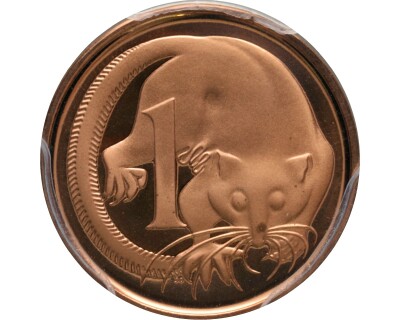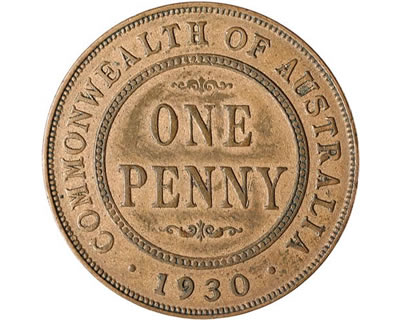Valuing Old Coins
What coin do you have (part 3)

Next consider this coin - if you're from Australia you'll know this to be a five cent coin and we can see from the obverse that it dates 1972 but it looks a bit different with mirror fields and a matte relief. Let's look it up to see what it is.

We've got a few options here. Based on the images, this clearly matches the last coin, the 1972 proof five cent - in fact I'm pretty sure it is the illustrated coin. It is one of just 10,272 pieces made, compared with over 8 million of the regular issue. This was part of a special collector set issued in 1972. So, what's it worth?

Not only is this coin a scarce proof issue, it's also in the highest grade possible - PR70, with the deep cameo designation meaning it has deeply mirror fields and a strongly contrasting matte, or frosted relief. This puts its value at between $600 and $1500! Not bad for a five cent, though as this was a collector issue, you aren't going to find it in circulation and you're definitely not going to find a PR70 graded coin in circulation - 70 means perfect.
We're often asked why is a PR70 worth more than the whole proof set. The reason is these early proof sets were prone to tone spots, most coins from 1970 - 1984 proof sets tend to grade around PR67-69 - the newer they are the more they tend towards the higher end of that and proof sets before 1977 were issued in small enough quantities that so few have survived in the highest grades.









